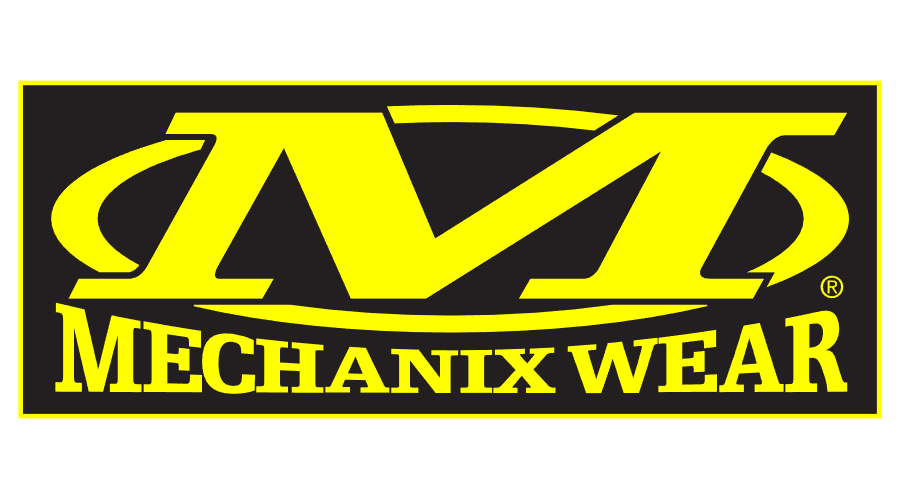Cold Work Gloves: How to Fight Frostbite with Specialized Protection

Working in a cold environment with exposure to cold surfaces or cold or freezing products requires a specific type of glove for hand and finger protection. These are known as cold work gloves.
Why Are Cold Work Gloves Important?
Cold work gloves do more than just provide comfort. They protect the wearer from real physical harm. Physics tells us that cold sucks up heat, so fingers at normal body temperatures that stay in contact with cooler or freezing surfaces (conduction) will no doubt lose their warmth and create a thermal exposure concern.
Here are some of the negative effects of different cold temperature ranges:
- Skin at 59 degrees F (15 degrees C) begins to feel pain
- Skin at 45 degrees F (7 degrees C) becomes numb
- Skin at 32 degrees F (zero degrees C) is at risk of frostbite
- Actual skin damage occurs when unprotected skin contacts cold surfaces that are at 25 degrees F (-4 degrees C)—for only 15-20 seconds!
- Even temperatures that may be considered mild, such as 50 degrees F (10 degrees C), can disrupt the normal feel and use of fingers that are in continuous contact with a cold surface or product.
 Another concern is if the hands build up excess heat inside a glove while working. This causes the skin to sweat and saturates the inside of the glove. If the glove can’t dissipate the perspiration and the moisture stays on the fingers and hand, then the glove is at risk of slipping.
Another concern is if the hands build up excess heat inside a glove while working. This causes the skin to sweat and saturates the inside of the glove. If the glove can’t dissipate the perspiration and the moisture stays on the fingers and hand, then the glove is at risk of slipping.
But if air penetrates the glove, or the glove is removed because of the sweating, the evaporation will sap away even more body heat. Hands and fingers that remain in wet conditions for the long-term can develop dermatitis.
What Should You Look for in a Cold Work Glove?
In order to prevent the above conditions, a proper cold work glove must have the following traits:
- Insulated to keep hands and fingers at normal body temperature
- Breathable to wick away or remove perspiration without causing additional cooling of the skin
- Water-resistant or waterproof to protect hands from invading water or fluids
- Appropriately sized for proper wear and use
- Form-fitting for dexterity, feel, and grip
- Non-slip/textured palm and/or finger surfaces to ensure gripping of tools, parts, or product
- Touch-screen capable so gloves can stay on while manipulating tablets or phones
Additional traits for specific tasks may include:
- Cut-, abrasion-, impact-, and/or puncture-resistant
- Machine-washable without loss of insulation or tactile function
- Meeting TAA-compliance requirements
Cold work gloves are the ideal hand protection for the following scenarios:
- Food and beverage manufacturing and/or cold storage facilities
- Retail warehouses or stores with refrigerated or freezer storage units
- Transportation with reefer units
- HVAC or water treatment systems with ammonia, glycol, and other cooling refrigerants
How Can Mechanix Wear and Saf-T-Gard Help?
 If you work in a cold environment, Saf-T-Gard can supply your choice of Mechanix Wear hand protection that provides form, fit, and function. Conduct a risk assessment to see which hazards you need to address, then find the perfect protective glove that meets your needs.
If you work in a cold environment, Saf-T-Gard can supply your choice of Mechanix Wear hand protection that provides form, fit, and function. Conduct a risk assessment to see which hazards you need to address, then find the perfect protective glove that meets your needs.
If you need assistance with conducting a risk assessment, or you simply want a second set of experienced eyes to review your assessment findings, the Mechanix Wear TRACK program is your go-to choice. Saf-T-Gard and Mechanix Wear experts will partner with you to conduct your risk assessment and review your findings while offering the right PPE solutions to meet your identified hazards head-on. In addition, you and your front-line employees can participate in a PPE trial program that allows your team to use the PPE and ensure they are the right fit and choice prior to purchasing them.
Mechanix Wear gloves use the latest in insulation technology and glove design, based on industry and front-line employee feedback to ensure they are lightweight, breathable, dexterous, durable, and protective of hazards. As a global company, they meet international standard requirements and comply with ANSI/ISEA, EN (European), ISO, and other consensus and regulatory standards.

